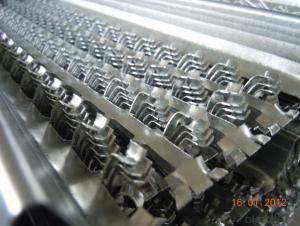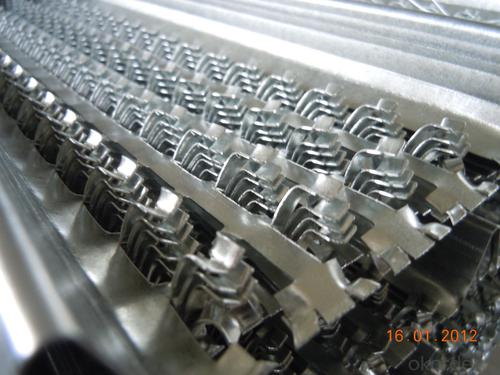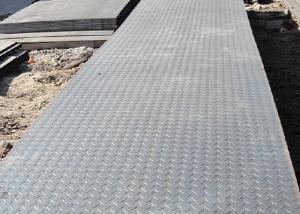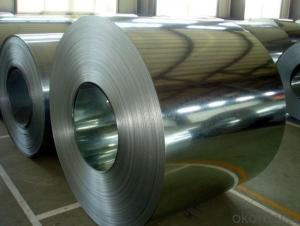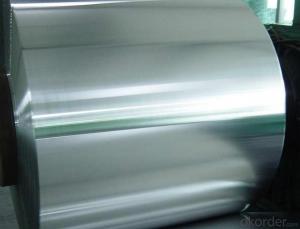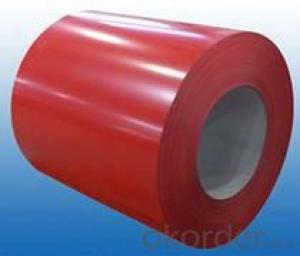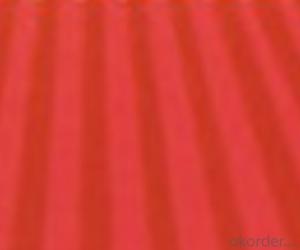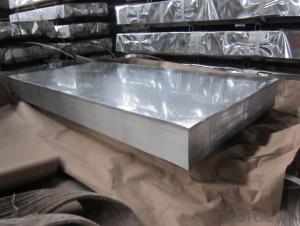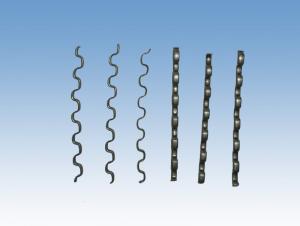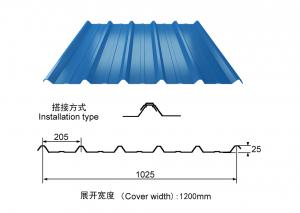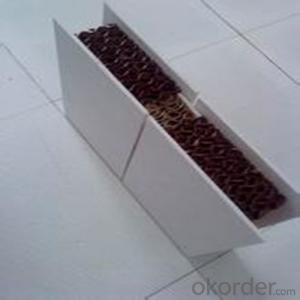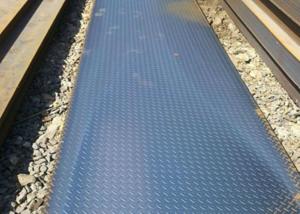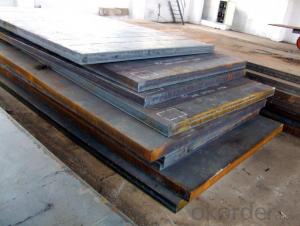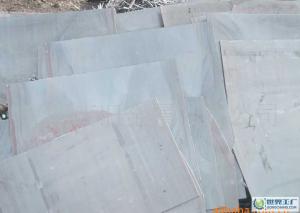STEEL RIB LATH
- Loading Port:
- China Main Port
- Payment Terms:
- TT OR LC
- Min Order Qty:
- -
- Supply Capability:
- -
OKorder Service Pledge
OKorder Financial Service
You Might Also Like
STEEL RIB lath
ZINC COATING: G40
WEIGHT PER ROLL: 4.6KG/SHEET
It is used in construction, is made of hot-dip zinc coated steel sheet.
It is used to be the material of untake out formwork for concret, widely used as plaster backing on ceilings, walls and stud partitions. Rib Lath is also ideal for refurbishing damaged or aged masonry walls when a key for rendering is not certain due to disintegration or softening of the wall face.
Construction formwork mesh has very good engineering quality and construction security;
Construction formwork mesh as the concrete permanent assembly
free sheet is much convenient for engineering design and processing;
Construction formwork mesh is widely used in tunnels,bridges and valve system and so on to make the process of construction much more fast and stable.
An integrally ribbed expanded metal lath used for exernal rendering in sheltered/moderate exposure away from the coast.
- Q: Can steel sheets be recycled without losing their properties?
- Yes, steel sheets can be recycled without losing their properties. Steel is a highly recyclable material, and the recycling process does not compromise its strength, durability, or other properties. Recycling steel sheets helps conserve natural resources and reduce environmental impact.
- Q: What is the maximum thickness of steel sheets?
- The maximum thickness of steel sheets can vary depending on various factors such as the type of steel, manufacturing process, and application. However, in general, steel sheets can range in thickness from a few millimeters to several centimeters.
- Q: Can steel sheets be painted or coated after installation?
- Yes, steel sheets can be painted or coated after installation. Painting or coating steel sheets after installation is a common practice to enhance their appearance, protect against corrosion, or meet specific design requirements.
- Q: Are steel sheets resistant to warping and twisting?
- Yes, steel sheets are highly resistant to warping and twisting due to their inherent strength and rigidity.
- Q: Are steel sheets resistant to abrasion?
- Yes, steel sheets are resistant to abrasion.
- Q: What is the recommended storage method for the steel sheets?
- To effectively store steel sheets, it is recommended to place them in a well-ventilated and dry location. It is crucial to keep the sheets away from both moisture and direct sunlight, as these factors may lead to rust and material degradation. By stacking the sheets on pallets or racks with adequate spacing between them, potential damage can be prevented. Furthermore, it is advisable to cover the sheets with a protective material like a tarp or plastic wrap to provide additional protection against dust and other contaminants. To maintain their longevity and usability, regular inspection and maintenance of the storage area, along with maintaining an inventory of the sheets, are highly recommended.
- Q: Can steel sheets be used for decorative architectural elements?
- Yes, steel sheets can be used for decorative architectural elements. They offer a sleek and modern aesthetic, and their durability makes them suitable for both interior and exterior applications. Steel sheets can be customized with various finishes, textures, and patterns to add visual interest to architectural designs.
- Q: What are the environmental impacts of steel sheet production?
- The environmental impacts of steel sheet production include carbon emissions from the burning of fossil fuels during the manufacturing process, the consumption of large amounts of energy and water, and the generation of waste and pollutants such as particulate matter, sulfur dioxide, and nitrogen oxides. Additionally, the extraction of raw materials for steel production, such as iron ore and coal, can lead to deforestation, habitat destruction, and soil erosion.
- Q: STCC what's the quality of the cold rolled steel sheet?
- STCC cold-rolled steel sheet is made of low carbon cold-rolled steel sheet.
- Q: What is the yield strength of steel sheets?
- The yield strength of steel sheets can vary depending on the specific grade and thickness, but typically ranges between 250 and 400 megapascals (MPa).
Send your message to us
STEEL RIB LATH
- Loading Port:
- China Main Port
- Payment Terms:
- TT OR LC
- Min Order Qty:
- -
- Supply Capability:
- -
OKorder Service Pledge
OKorder Financial Service
Similar products
Hot products
Hot Searches
Related keywords
